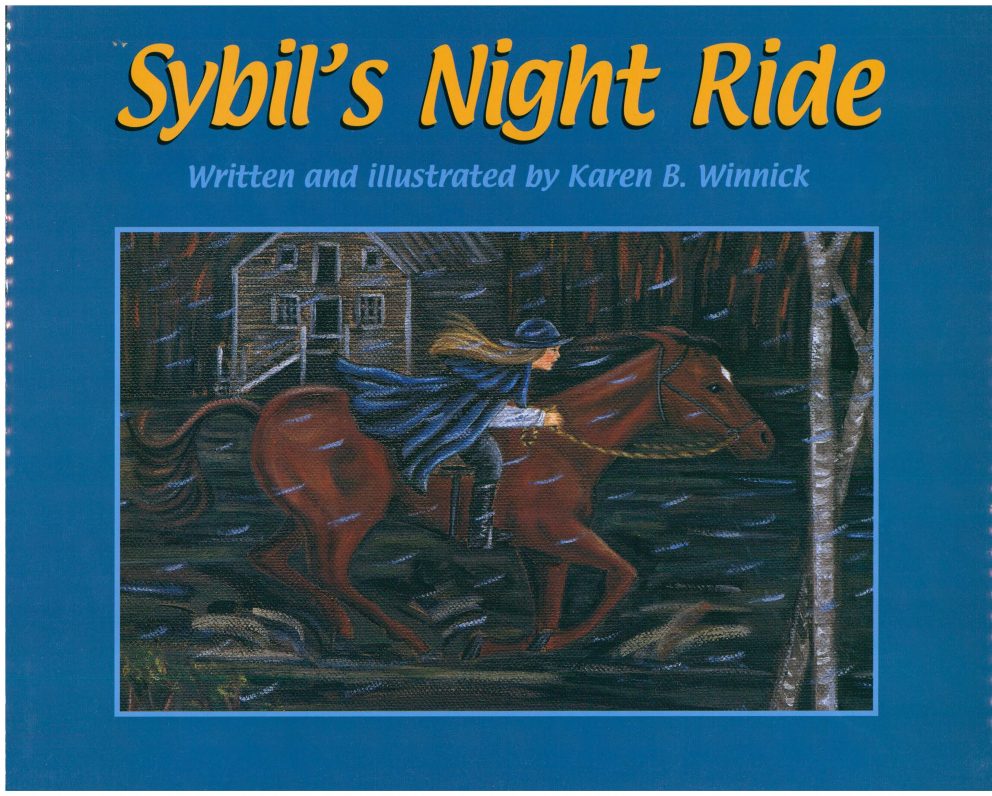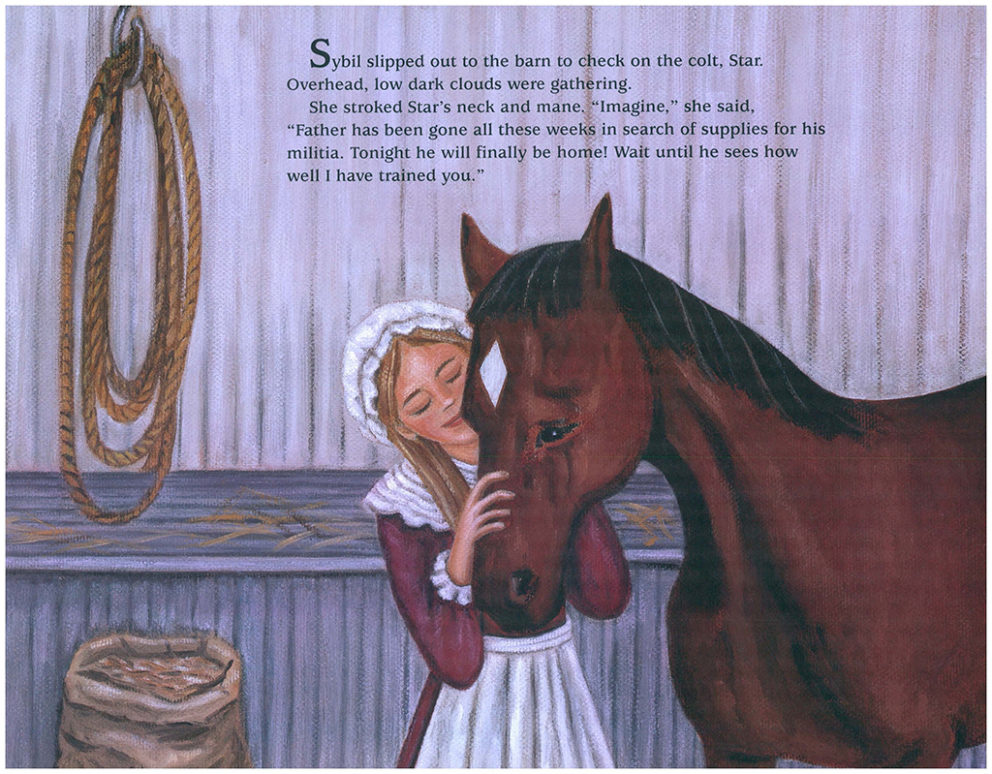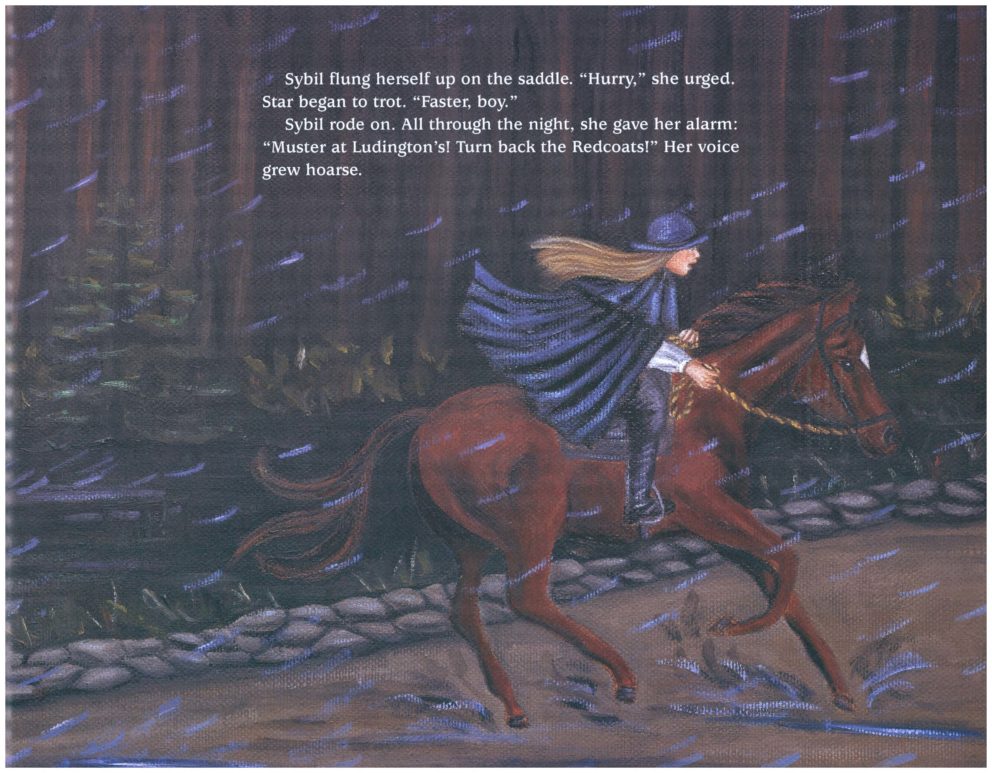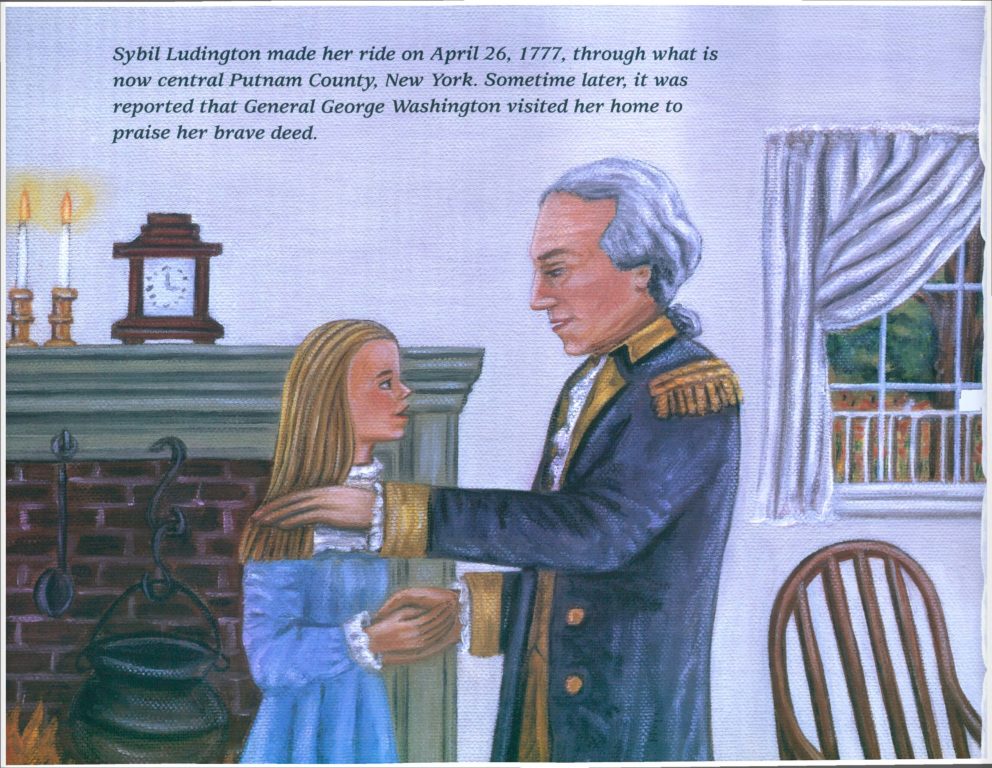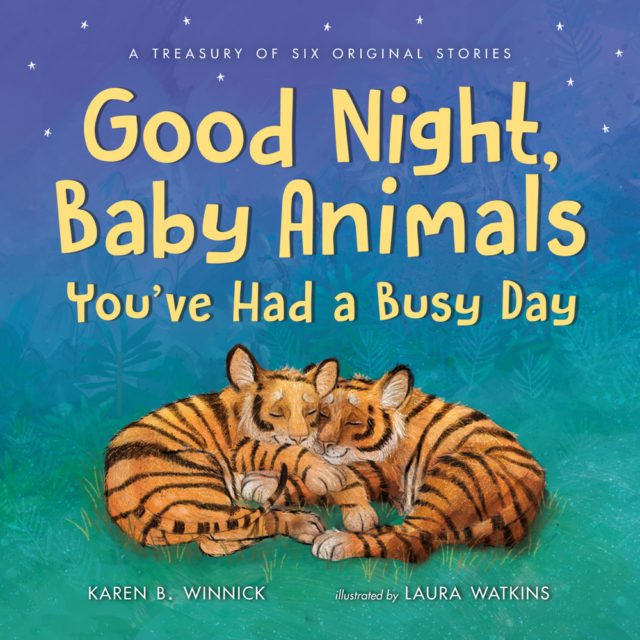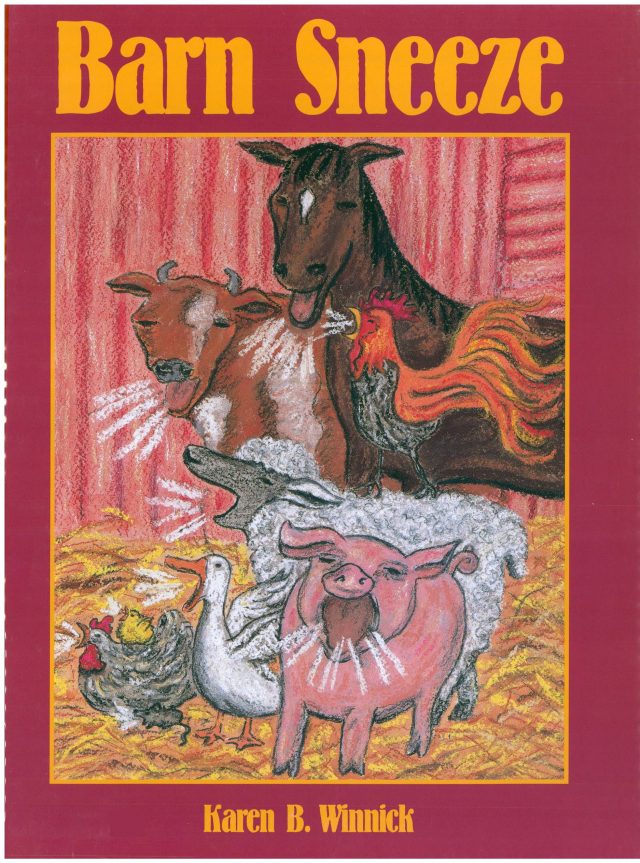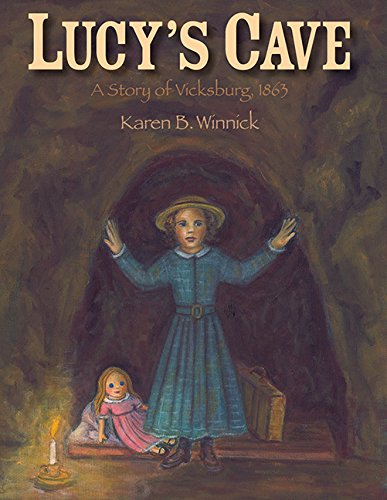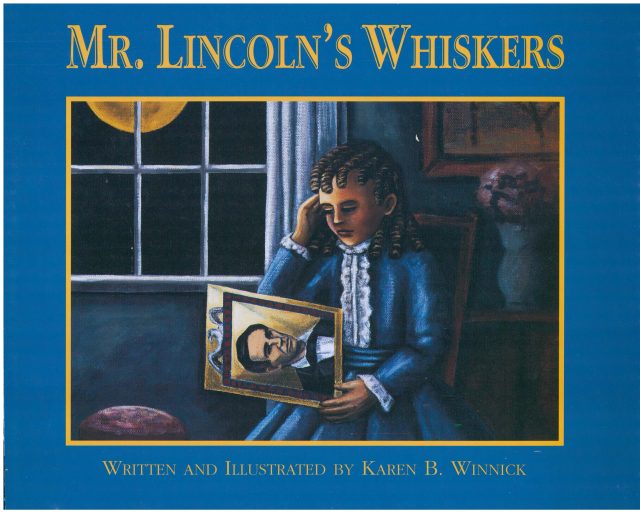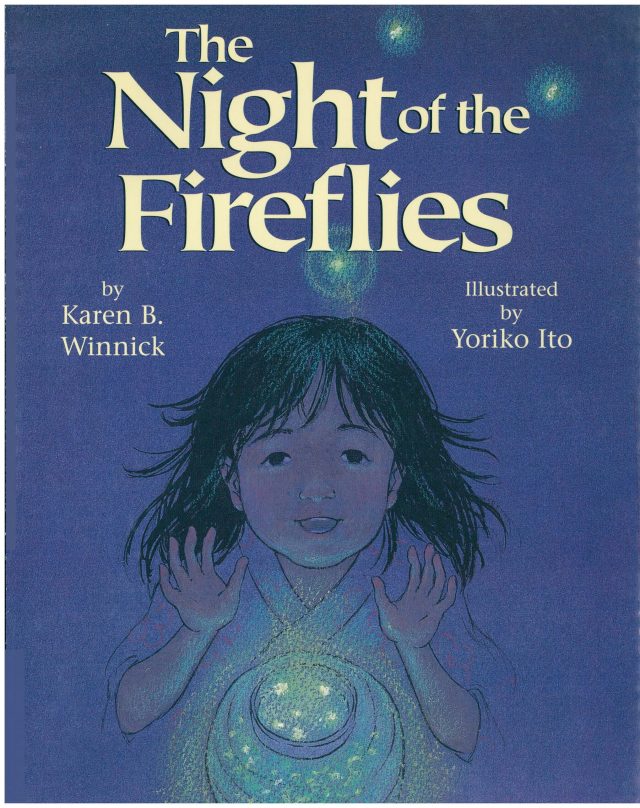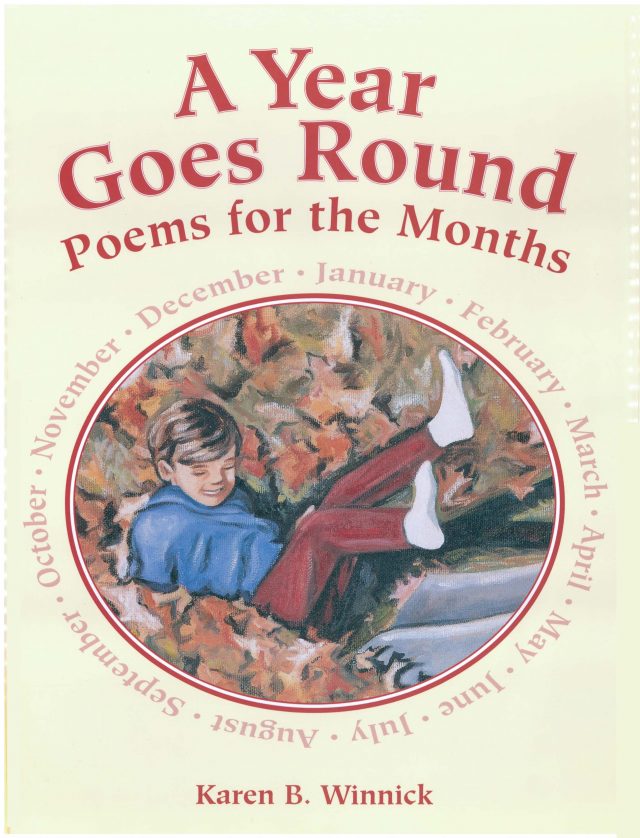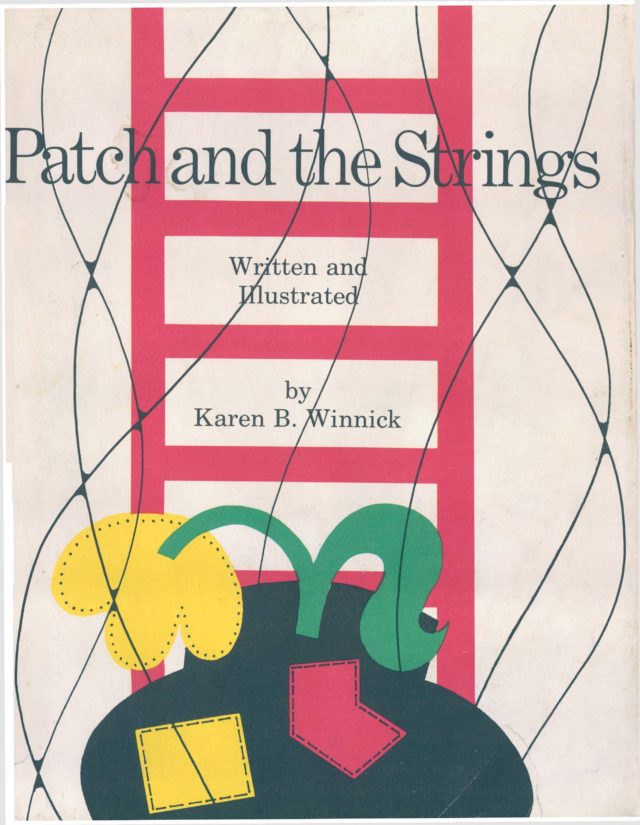- Divide up by twos. One person will be Sybil. The other will be a newspaper reporter interviewing her. Think up good questions. Sybil can tell you her feelings and motivations about her ride.
- Hold a class debate. During the American Revolution many people wanted independence, but many were loyal to England. Take sides. Write up arguments and reasons for your side.
- Pretend our country is still part of England. What would life be like today in the United States? Who would be the head of our government? Would our language be different in any way? Imagine and write down your thoughts.
- Do you know the story of Paul Revere? If not, read about him. You could read Henry Longfellow’s poem “The Midnight Ride of Paul Revere”. Now compare Sybil’s ride to Paul Revere’s ride. Why is he more famous?
- Find out about girl and boy heroines in our American history. Write a story imaging what it was like to be one of them.
- Write and act out a play about Sybil’s Ride.
Download the School Curriculum Activities for Sybil’s Night Ride.
Making history come alive for young children is something I enjoy. The lessons of history help all of us to understand and make better judgments about our world today. When kids learn about children from the past whose thoughts and feelings they can relate to, it’s an affirmation of their own perspectives on life.
Everyone has heard of Paul Revere’s ride, made famous in Longfellow’s poem. But how many have heard of Sybil Ludington, a brave young girl who rode longer and farther? I found out about Sybil from a history book and became intrigued? Sybil had to overcome her fears to complete her ride and overcoming fears is something we can all relate to.
With the help of the Putnam County historian, I followed Sybil’s trail on April 26, 1997, exactly two hundred and twenty years after her ride. Along the way, markers indicate where she rode. There is even a statue of Sybil and Star on the route in Carmel, New York. Sybil rode Star forty miles on a rainy night, much of it uphill. I rode in a car on a sunny day. Still, I was exhausted! What admiration I had for this young girl of long ago!
I gained valuable information following Sybil’s trail. Some houses from Sybil’s time are still standing. I rode past the cemetery, lake and trees that Sybil rode past. I visited the site of her father’s old mill and stood by the stream. Today, they are all located in Ludingtonville, named after Sybil’s family. I also visited Sybil’s gravestone. I took many photos from which to do my paintings.
At home, I watched and sketched girls riding horses at a nearby stable. For reference I studied photos of horses’ locomotion done by Eadweard Muybridge, horse paintings from the 1700’s done by George Stubbs and Gericault and the sketches of Leonardo DaVinci. I worked in oil paints just as I’d done with my other historical stories. All the time I was working I had to imagine a dark rainy night and how Sybil must have felt.
“Details in the text and illustrations, and an archival map of Sybil’s route, reinforce this story of a little-known heroic episode…”—Booklist
“[Winnick’s] admiration for this young girl is evident as she recounts the journey, telling of Sybil’s determination and bravery. Earth-toned illustrations capture the harsh elements and the danger that Sybil faced on this courageous ride…”—The Reading Teacher
“A truly authentic tale…”—Journal of Children’s Literature
“[Winnick] successfully lifts this local heroine beyond regional history and…further shows how children could be just as critical to the Patriot cause as their elders. For my money, Sybil is way more appealing than Revere…and her ride is certainly impressive. Winnick earns kudos for not only bringing her out of the past but telling her story so strongly and effectively. It was a truly wild ride, and the read is just as stirring.”—Eclectica Magazine

